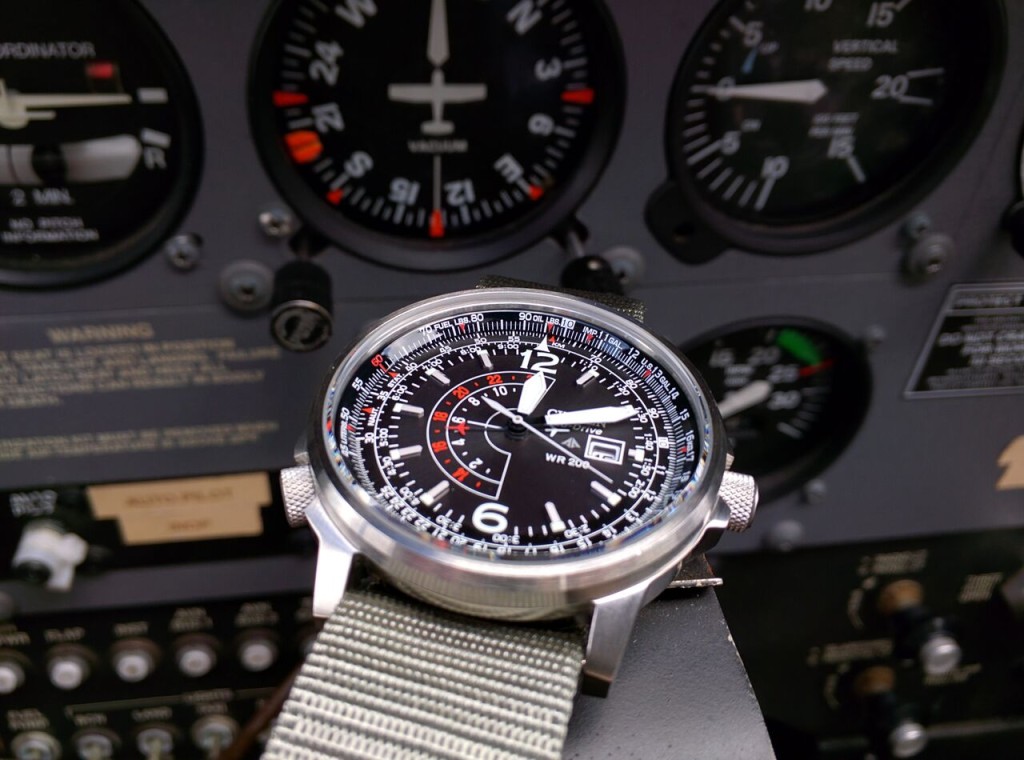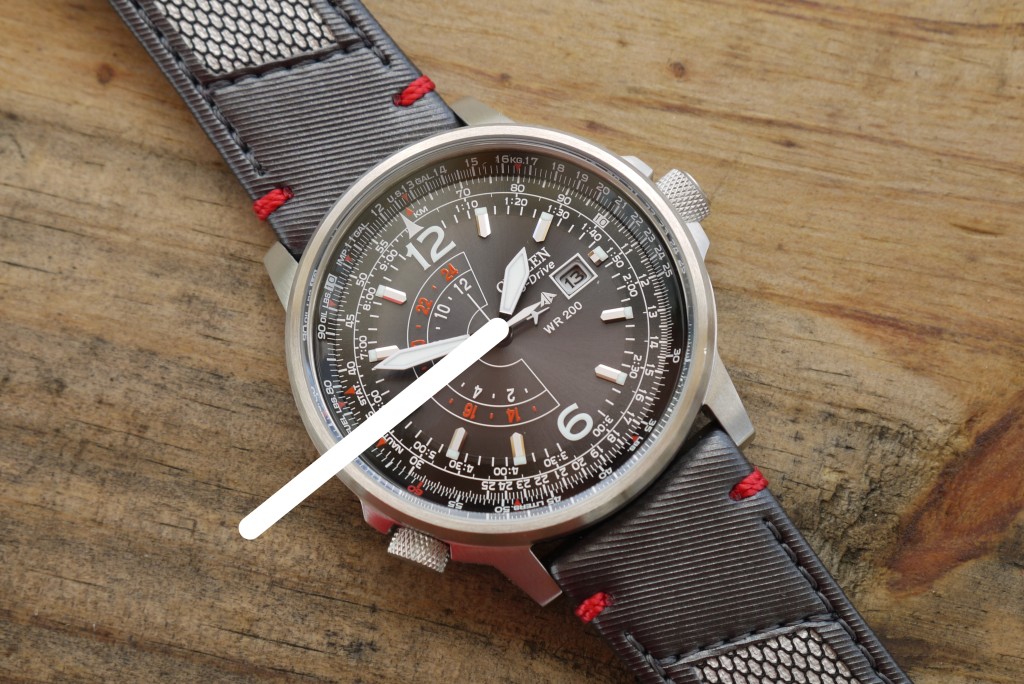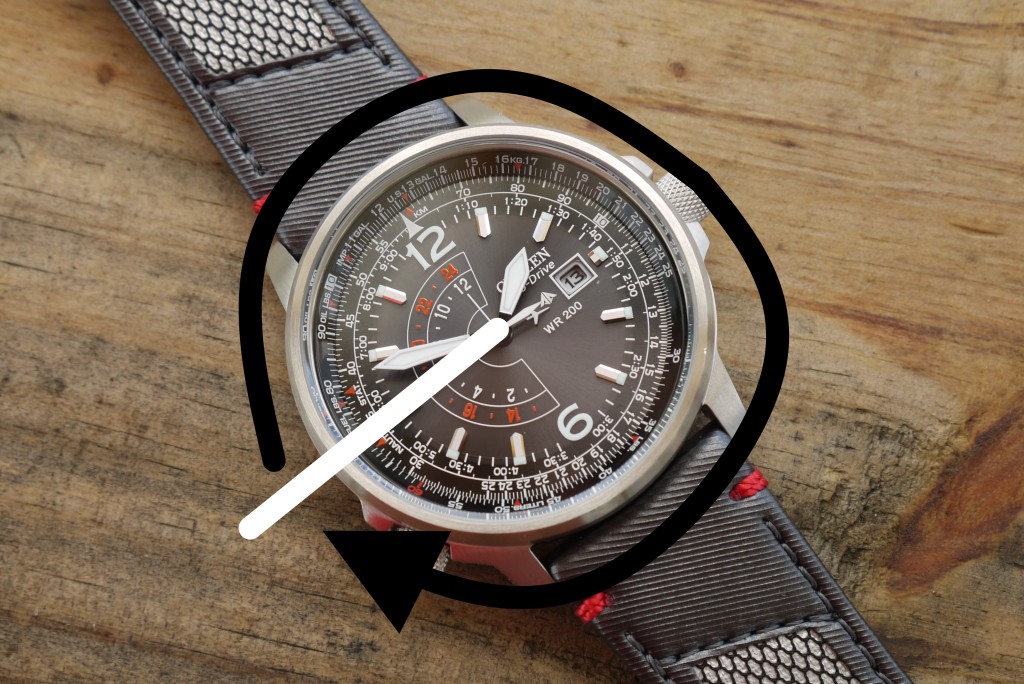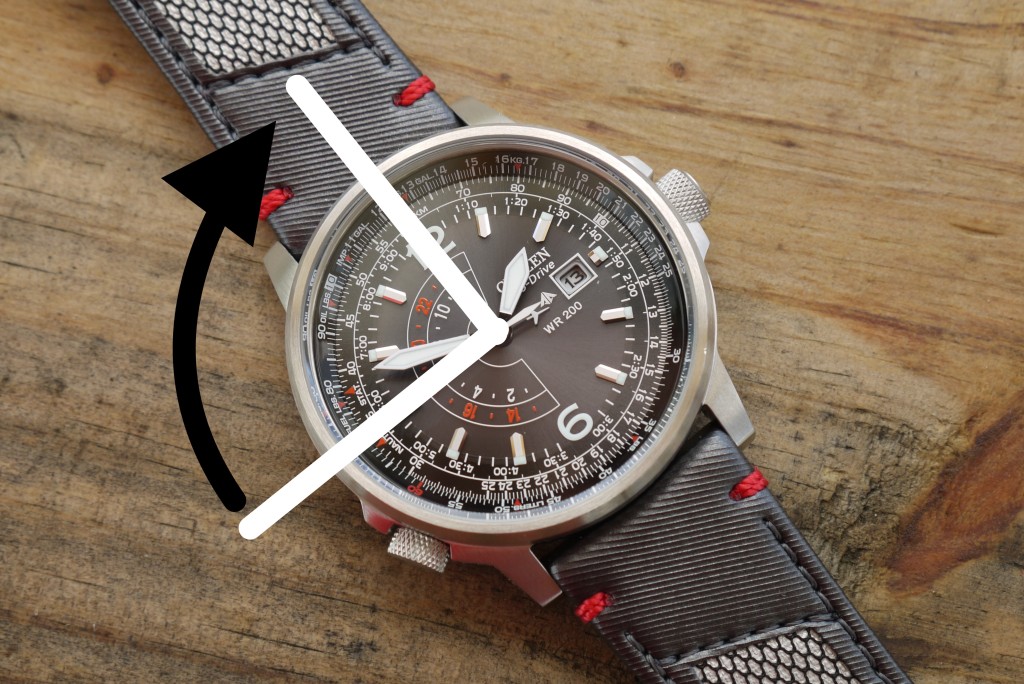I was an EMT long before I started my private pilot training. In that field, just like in an airplane, time is a critical tool. Understanding a patient’s heart rate and respiratory rate is an essential diagnostic tool, and therefore one of the very first things an EMT will check with any patient. The problem facing every single newly minted EMT is learning how to properly take a patient’s pulse while flying down the highway in the back of an ambulance and also trying to juggle a bunch of other numbers in your head at the same time. I eventually mastered that skill, and years later when I was working on my instrument rating I realized that the exact same time related tricks I learned as an EMT are useful in the cockpit as well.
Like most new EMTs, when I realized that I needed a watch for my new job I went out and got a digital watch. Who’s got time to read an analog one these days anyway? And surely seeing the numbers on the face would be quicker, right? I learned my lesson on the very first call.
When you have a digital watch, you need to actually remember the number you’re counting up towards. If you started at 10:35:50 then you need to stop counting heartbeats at 10:36:50. When you start doing fractions of a minute it gets worse — now you need to do some math to figure out that 15 seconds after 10:35:50 is 10:36:05. That might not seem like such a bad bit of mental math to do in theory, but add in all of the other bits of the ambulance environment (sirens, screaming patient, etc.) and it can take a few seconds to figure out — time you might not have. That’s not to mention the mental bandwidth required for the process.
My response to that first night was to throw my digital watch in the trash and get an analog watch with a big-ass second hand. Instead of using math to figure out the timing, I would just use good old fashioned geometry.I tried it the very next night, and I’ve been using analog watches ever since. With the way my brain works, I’ve found that using a geometrical approach to timekeeping is way easier than trying to remember a bunch of numbers. Using visual references to me is just easier.
When I moved into instrument flying I once again found myself in the same situation — needing to keep accurate time while juggling other numbers like altitude and heading. Adding one more number into the mix (like your time) causes chaos, but adding a visual reference point and a bit of geometry was easy and intuitive.
Here’s how it works.
Timing one minute is probably the easiest thing to do with an analog watch. Especially with a watch like the Citizen Nighthawk, which has these nice big reference marks every so often on the watch face in 15 second increments. When you’re timing one minute (like in a holding pattern or doing timed 180 degree turns) all you need to do is (1) note where the second hand is on the watch when you start and (2) wait for it to get there again. There’s no need to remember exactly when that minute is up and no buttons on a stopwatch to press, you’re just waiting for an indicator to get to a specified location. To me, that’s a hell of a lot easier (and takes a ton less mental bandwidth) than anything else you can do.
For timed turns things get a little more complicated, but we’re still relying on geometry instead of math. Whatever the angle of the turn you want to make is, double it on the watch face. A 180 degree turn is one minute, or one 360 degree rotation of the second hand. 45 degrees would take 15 seconds, or 90 degrees of movement on the watch face. This kind of math I don’t have any issue doing in the air simply because the two values are compatible — you can already visualize the turn you want to make, and doubling that same mental image onto another round instrument like a watch isn’t that hard.
This works for me because of the way my brain processes information. Give it a try (with a safety pilot) on your own and you might find that it works for you too.



